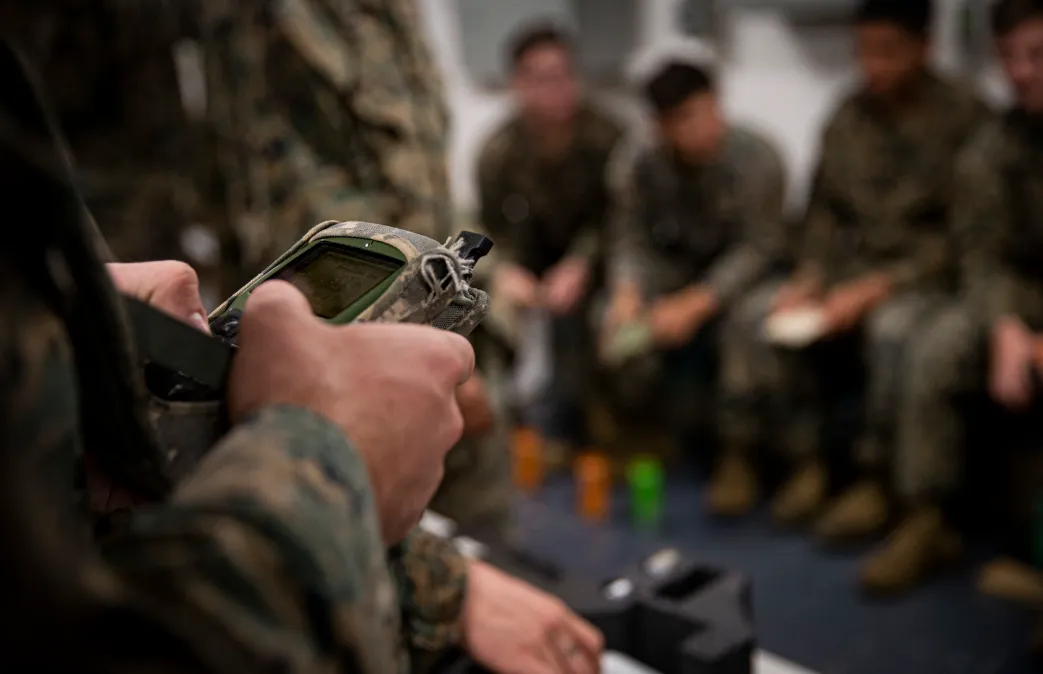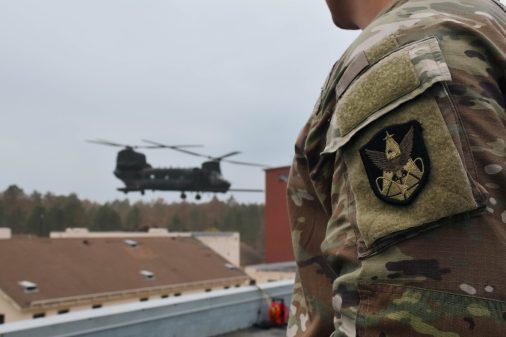Pentagon CIO places high priority on developing GPS alternatives with growing threat of great power conflict

GPS has served as the “gold standard” of position, navigation and timing (PNT) technology for the last several decades, Department of Defense CIO John Sherman said Tuesday. But with global tensions rising in ways reminiscent of the world wars, the DOD needs to quickly identify and adopt alternatives to GPS ahead of a potential conflict with great power adversaries because it will be those nations’ first target in a modern war, he said.
“The thing I talk about often is our potential adversaries also know how much we rely on GPS,” Sherman said at AFCEA NOVA’s Space Force IT Day. “The adversary is going to try to come at it on day one of any potential conflict, whether it’s kinetically, whether it’s in the [radio frequency] spectrum, whether it’s using other mechanisms … they’re going to try to use GPS to frustrate our ability to get long-range fires or other types of fires on the target and to get our forces to where they need to be.”
Because of this, Sherman said it’s imperative the U.S. has alternative PNT systems ready to go if GPS is disrupted.
He pointed to the work the Army has done with its PNT Assessment Exercise to integrate PNT technology onto Stryker vehicles. The Army is also using its Electronic Warfare Planning and Management Tool to test alternatives in GPS-denied environments.
The DOD has a handful of other programs in development, though some have faced challenges, according to the Government Accountability Office, in terms of building solid business cases.
Sherman said the events that have unfolded over the last year in Ukraine have shown the need to accelerate the fielding of new technologies, whether it’s PNT capabilities, other forms of satellite communications — which have been critical to Ukraine’s ability to fend off Russian attacks — electronic spectrum operations, or others.
“We need to do this during peacetime and get as good as we can at this because if something were to happen, we’re going to have to do this on the fly,” he said. “And yes, we’ve seen examples in Ukraine and elsewhere how [satellite communications] can be a game changer. And they innovated on the fly there. And we’re doing this during peacetime. But we better be taking learned examples from them about how they’re innovating.”
On that front, Sherman noted that while there’s been an explosion in commercial satellite communication services, there’s a major need for the DOD to shore up its own SATCOM capabilities to make them more streamlined in partnership with industry.
“On our side, there’s so much we have to do, where that’s one thing that I get concerned about,” he said. “People hear about what’s out in the commercial space and it’s like, ‘Let’s go, let’s make this work right now.’ [But] there’s so much behind the scenes that has to go into this in terms of things like hardware and receivers and transport and everything else that we have to make sure this is going to work seamlessly.”
Sherman explained: “How do we blend all this together with the explosion we see in the commercial SATCOM area? And certain companies have certain dominance in this but it’s a really big area across the board. And with our military capabilities, [how do we] make this seamless for the warfighter — when that warfighter … is in her F-35 and attacking a target taking out a [surface-to-air missile] site, that she’s got assured communications, whether it’s from a [proliferated-low earth orbit] constellation or military bird or whatever it happens to be, and how do we make this work together?”
Sherman added that we’re “living in a historic age right now” with the advancements in satellite communications and other space-based technologies.
“We have a digital environment that we’re going to look back on, I promise you, that we’re going to see the early 2020s were a special time, in the same way when we were living through other technologically innovative phases of our history,” he said. “So what are we gonna do about it? Are we going to look back and go, ‘Damn, we didn’t move fast enough, we let a potential adversary capitalize on this technology more quickly than we were able to?’ Or [will we be able to say], ‘We stayed ahead, we unified across the commercial and government base, we’ve leveraged our talent, and we did things that they could not catch up with?'”






